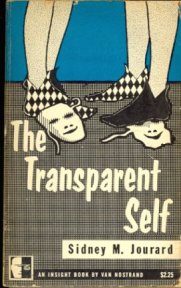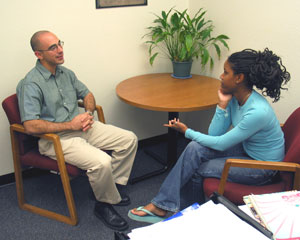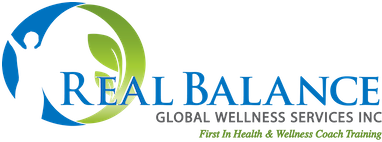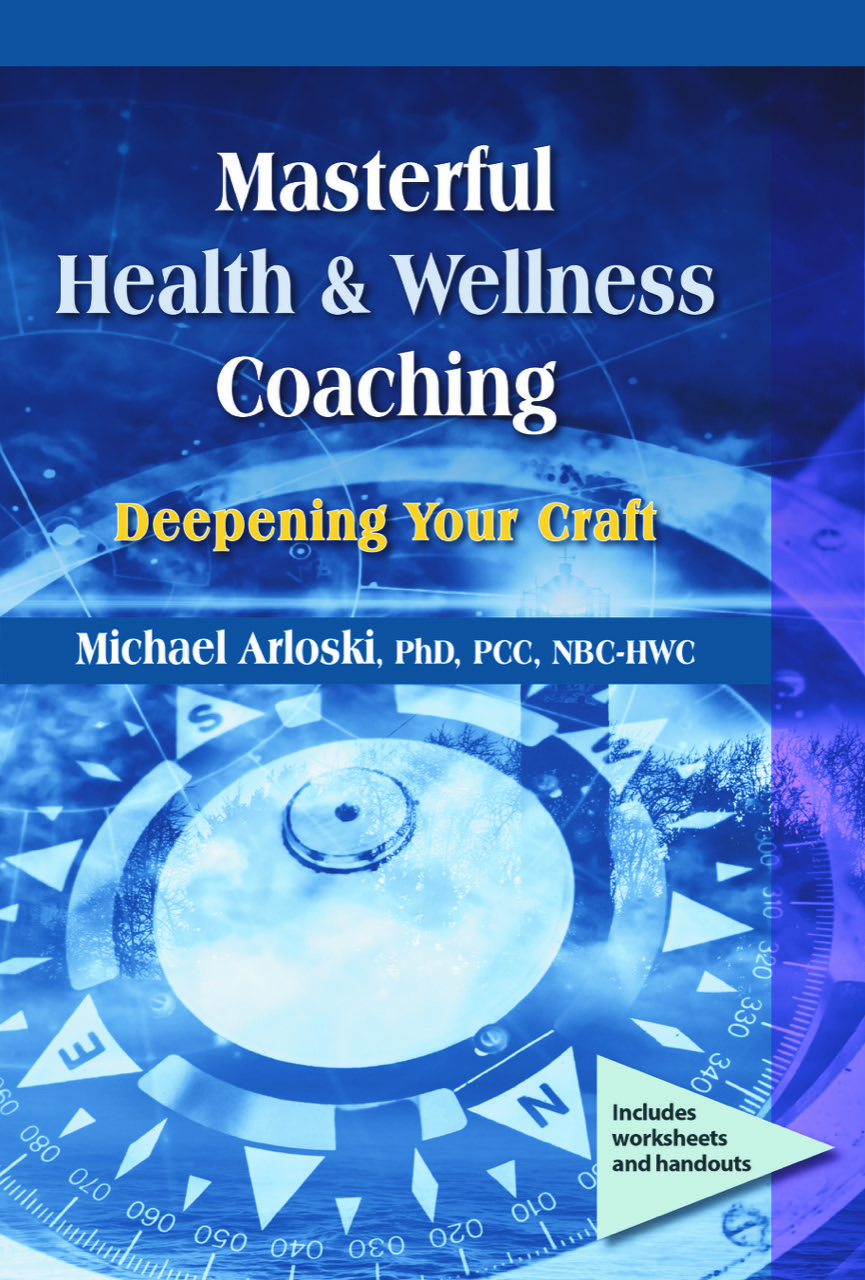Self-Disclosure in Coaching – When Sharing Helps and Hinders.

We’re working with our coaching client and something they bring up reminds us of a relevant experience in our own lives. We feel empathy, we can relate. Do we share about our own experience with the client? Self-disclosure is a powerful part of human communication and a conscious technique that has been studied in therapy, counseling and coaching since the mid-sixties. Let’s take a look at the pros and cons, how to avoid missteps and how to do it well.
Our Need to Self-disclose
Our need to self-disclose is quite amazing. It’s an expression of our need to connect with others, a way to give some of ourselves to the world, and often contains the hope of receiving some of that connection back. We express our psychological boundaries in the way we self-disclose. Contrast an upper-class British person who has been schooled to self-disclose very little, and to do it carefully, with a British or American teen-ager on Facebook telling the world about their most intimate moments with little self-censoring. The whole social networking phenomenon is all about self-disclosure.
Our Fear of Self-disclosing
Simultaneously we often have many fears about self-disclosure. Self-disclosure makes us vulnerable. Our vulnerability, when displayed to people we can’t trust can open us to attack, to being taken advantage of. It can result in a loss of face. Cultural groups (ethnic, class, etc.) that are more concerned about this loss of face may very consciously teach their members to reveal less about themselves, or to reveal only to certain people in certain circumstances. Certainly we have to recognize cultural differences when it comes to self-disclosure and respect them in our clients.
 Humanistic psychologist Sidney Jourard initiated some of the early studies on self-disclosure. His idea of a fully functioning human being was someone who had at least one person in their lives with whom they could talk about anything. Without that he contended our psychological health would suffer and our efforts to grow would be held back. Jourard’s book The Transparent Self (1964), was actually a best-seller during the personal growth movement of the late 1960’s. In his book Disclosing Man to Himself (1968) (definitely a title of the times), he shared work he had done on self-disclosure in counseling groups.
Humanistic psychologist Sidney Jourard initiated some of the early studies on self-disclosure. His idea of a fully functioning human being was someone who had at least one person in their lives with whom they could talk about anything. Without that he contended our psychological health would suffer and our efforts to grow would be held back. Jourard’s book The Transparent Self (1964), was actually a best-seller during the personal growth movement of the late 1960’s. In his book Disclosing Man to Himself (1968) (definitely a title of the times), he shared work he had done on self-disclosure in counseling groups.
Trust, Self-disclosure and Groups:
Counseling group members were identified as having disclosed about themselves in one of three ways over the course of the group experience: 1) self-disclosed very little, 2) self-disclosed a lot and early in the group, or 3) self-disclosed gradually over the course of the group. The level of trust that the group members felt towards each other was then measured. Surprisingly the group trusted the least was not group number one, but rather group number two. Those who shared “too much” about themselves too fast were trusted the least. The gradual self-disclosers were trusted the most. This lines up with the personal experience most of us have with self-disclosure in our daily lives. We are often repelled by people who reveal deeply and rapidly. This is because self-disclosure is reciprocal. The expectation is for you to “match” the self-disclosure level of the other person.
Types of Self-Disclosure in Coaching
Self-disclosure takes on primarily three faces in the coaching relationship.
• Transparency in the present –sharing awareness
• Historical stories – similar content or theme
• Personal biographical information
Transparency in the present moment refers to the coach revealing their own reaction/response to what is occurring in the session. This is not just an observation of the client, but rather a self-observation of the coach’s own feelings. “I’m really touched by what you just said about your family.” “Wow! That sounds so difficult! I know how hard that is for me too.” The coach has to be very conscious about their choice to share in this way and be extremely careful to not convey judgment.
The most common self-disclosure by a coach is probably sharing similar stories from their own life. Doing so helps convey that the coach can relate more closely to the client’s experience. It may be a story that is similar in content (“Yes, I’ve also experienced running a marathon.”) or in theme (“You know, I had to muster my courage in a way sort of like you did, when I confronted my supervisor when I worked at a counseling center.”). The key in sharing history is to quickly tie it back to the client’s story, and shift the spotlight back to them.
Coaches choose to share certain biographical information with their clients to help build the coaching alliance. The coach who comes across as secretive about whether they have ever had children, are in a relationship with a partner, etc., is going to be trusted less. The challenge here is to maintain good professional boundaries while also being willing to relate to the client as an ally, an authentic human being, not an impersonal and distant professional.
 Self-disclosure can enhance the coaching relationship.
Self-disclosure can enhance the coaching relationship.
Purposes of Self-Disclosure in Coaching
When we self-disclose in coaching we model behavior. By sharing more openly we give our clients permission to do so as well. We come across as less defensive, less guarded and let the client know its okay for them to do so also.
Self-disclosure also can increase trust in the coaching relationship. It helps build the alliance by making the coach more real, more human. There is less of a top-down relationship and more of a side-by-side way of relating that communicates an intention that “we’re working on this together.” This balances the power in the relationship and empowers the client more.
As coaches self-disclose effectively it helps the client develop new perspectives. Seeing how someone else experienced a similar situation, but perhaps handled it differently, can open up some new possibility thinking. All of this can, at times, instill hope and encouragement.
The coach’s self-disclosure can also help with the client’s own self-acceptance as the realize “I’m not the only one.” They may be reassured that their own reaction was not that unusual and that other people who’ve been through something similar by have felt the same way.
An Evidence-based Conscious Intentional Technique
In his book Lifestyle Fitness Coaching, James Gavin (http://www.amazon.com/Lifestyle-Fitness-Coaching-James-Gavin/dp/0736052062 ) does an excellent job of reviewing much of the professional literature regarding self-disclosure in wellness coaching. Here’s a link to much of what he says: (http://books.google.com/books?id=liXVnA1TlmQC&pg=PA162&lpg=PA162&dq=%22Self-Disclosure%22+%2BCoaching&source=bl&ots=qKAs9_Fcnw&sig=Uxm2vjTMwP7nQxsJeflQxm_E7Z0&hl=en&sa=X&ei=DfI7T7mlF4To2gXDuI3zBg&ved=0CEAQ6AEwATgK#v=onepage&q=%22Self-Disclosure%22%20%2BCoaching&f=false ) I’ll leave you to him for that review, but here are some of the highlights of what the research shows us.
Professional opinion and recommendations vary a great deal about self-disclosure. Some research demonstrates that a coach’s self-disclosure is extremely valuable to the client, where other investigations urge caution and a more circumspect approach.
In research on the client perceptions some studies show that clients may perceive a self-disclosing coach as more caring than one who discloses little. Other studies show that coaches who disclose too much are seen as lacking in discretion and being untrustworthy or even preoccupied and in need of help themselves.
 Self-disclosure- How much and when?
Self-disclosure- How much and when?
How To Use Self-Disclosure
Self-disclosure needs to relevant to the client – not you! It’s not about enhancing your own feelings about yourself, or to make you look good. Like the old adage from counseling, “get yourself out of the way”. In other words we have to be very conscious of what our intention is in using self-disclosure. The coach needs to employ self-disclosure as a purposeful strategy. Your use of self-disclosure should have a rationale that enhances the coaching process, that helps forward the action, maintain the momentum or deepen the exploration.
Make your self-disclosure brief, to the point of the discussion and relevant to the client. Always, always tie it back to the client’s experience. If this is not done immediately after the self-disclosure some clients for whom this is a “hot button” will quickly feel like the coach is “making it about them” and feel discounted.
An effective way to self-disclose is to:
• Recognize and acknowledge the client’s experience. (do this verbally)
• Share your own relevant experience.
• Tie it back to the client’s story.
• Ask a powerful question that connects the two (the client’s story and yours). The question should help the client move forward with their own process.
• When a client shares something about themselves, acknowledge their experience, reflect feelings, show that you really are with them and “get it” by using good listening skills. THEN, self-disclose if you believe it will enhance the process.
• You may decide to share your rationale for telling your story, and ask if it created any new awareness about their own story.
How NOT To Use Self-disclosure In Coaching
We want to avoid self-disclosure that is:
• Poorly timed – not acknowledging the client’s unique experience first.
• Self-serving – ego-driven. Where the focus shifts to being on the coach, not the client.
• Overused. Too much, too frequent lead to distrust and even a perception of lack of competence.
• Underused. Comes across as possibly uncaring, impersonal or even arrogant.
• About persuasion. We never want to use self-disclosure to urge, convince or persuade a certain course of action (pushing the coach’s own agenda – favorite solution, product, etc.)
• About “Your way is best.” Worst of all: advocating that the client follow the same course of action that the coach took to success and imply that until they do that they will not succeed.
Using self-disclosure in coaching can help open doors or close them. The “coaching conversation” is different than a simple friend-to-friend chat. It’s different than meeting folks at a party. The coaching conversation is a professional exchange of energy and ideas, of planning and possibility thinking. It is purposeful, conscious, and intentional, yet natural and entirely human. To be in this trusted space together and share for the purpose of growth and increased health and wellness means expressing who we truly are, but doing so with a keen awareness of choice and responsibility.
Share your experiences using self-disclosure in coaching. How did it enhance the process?
This topic was explored on Dr. Arloski’s Free Monthly Webinar and will be archived for the public until mid March. After that all Real Balance (Wellness Coach Training Institute) students and Alumni may continue to view it. https://realbalance.webex.com/realbalance/ldr.php?AT=pb&SP=MC&rID=62459042&rKey=0c79ec549f8f833d








Only registered and logged in readers can leave comments.